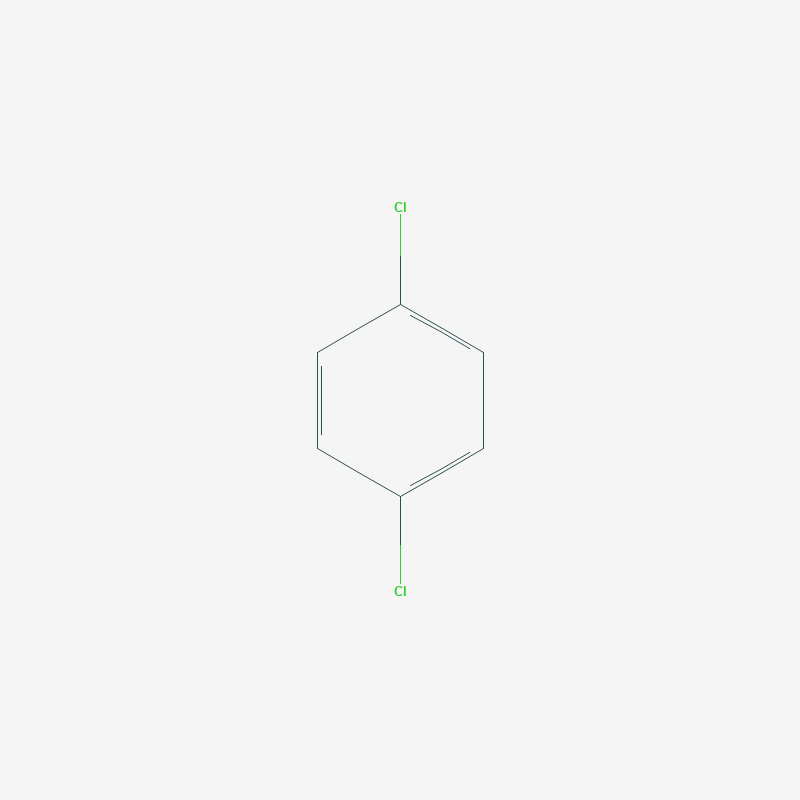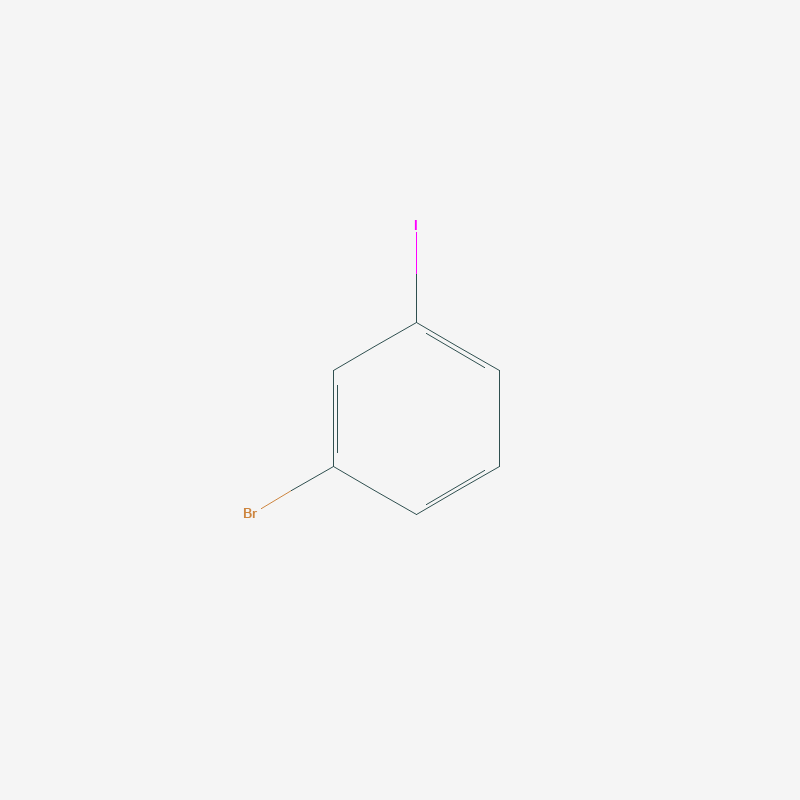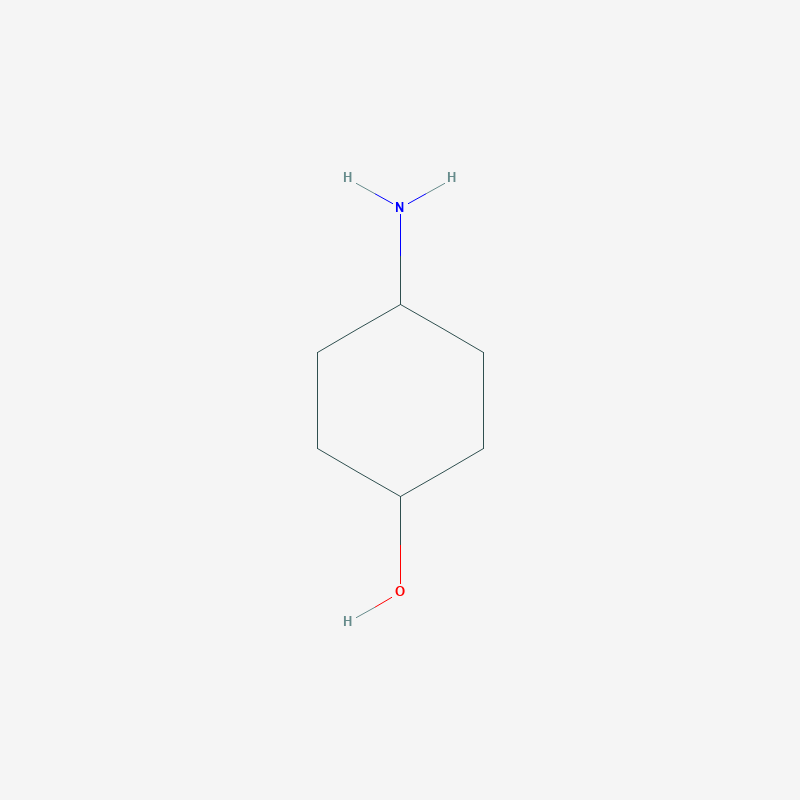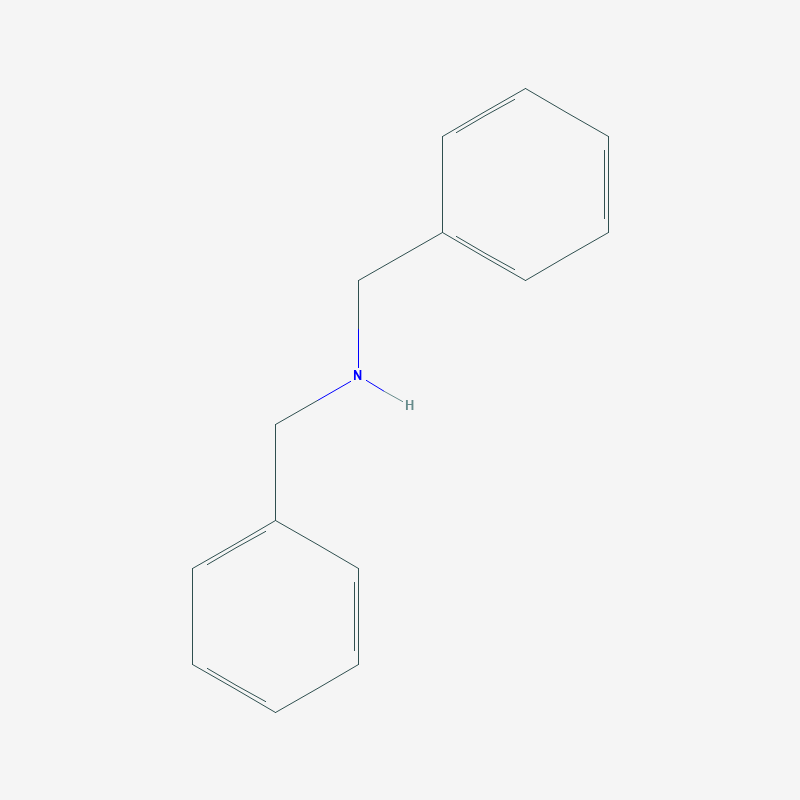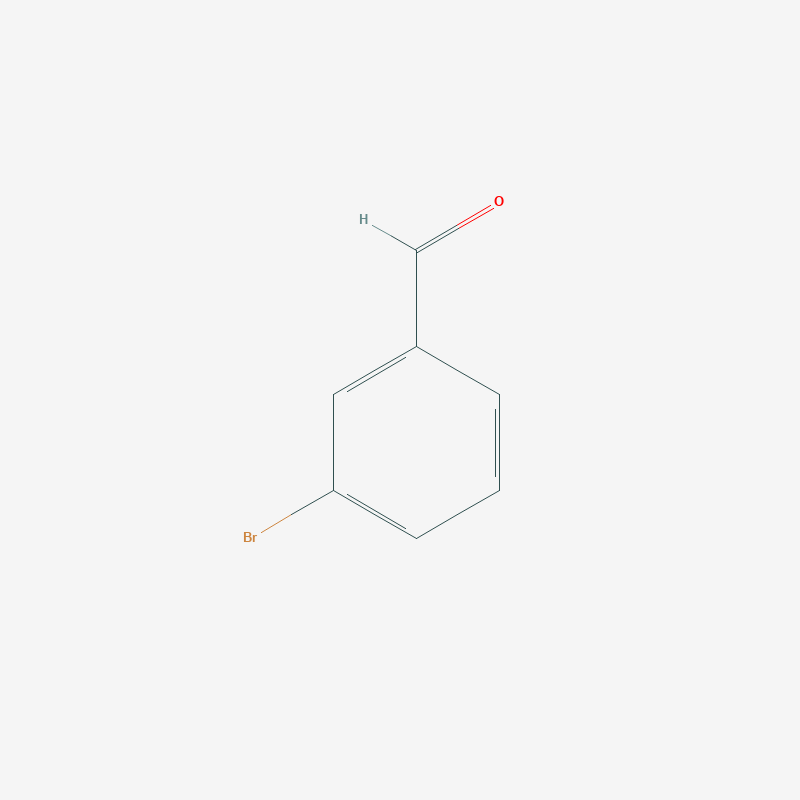| Purity / Analysis Method | >99.0%(GC) |
| Molecular Formula / Molecular Weight | C6H4Cl2 = 147.00 |
| Physical State (20 deg.C) | Solid |
| Condition to Avoid | Light Sensitive |
| CAS RN | 106-46-7 |
| PubChem Substance ID | 87567327 |
| Merck Index (14) | 3057 |
| MDL Number | MFCD00000604 |
1,4-Dichlorobenzene
Purity : >99.0%(GC)
CAS No.: 106-46-7
EC No.: 203-400-5
EC Name: 1,4-dichlorobenzene
ECHA Name: 1,4-dichlorobenzene
Synonyms:
1,4-DICHLOROBENZENE
106-46-7
p-Dichlorobenzene
paradichlorobenzene
para-Dichlorobenzene
Enquire For Best Price
For all our chemicals TDS, MSDS and CoA are available upon request
Specification & Properties
Specifications:
| Appearance | White powder to crystal |
| Purity(GC) | min. 99.0 % |
| Melting point | 52.0 to 57.0 deg.C |
| Solubility in Methanol | almost transparency |
Properties:
| Melting Point | 55 deg.C |
| Boiling Point | 173 deg.C |
| Solubility in water | Insoluble |
| Degree of solubility in water | 80 mg/l 25 deg.C |
| Solubility (miscible with) | Ethanol,Acetone |
| Solubility (soluble in) | Benzene,Alcohol,Chloroform,Ether |
Safety & Regulations
Safety Information:
| Chemical Safety |
| Signal Word | Danger |
| Hazard Statements | H315 + H320 : Causes skin and eye irritation. H360 : May damage fertility or the unborn child. H370 : Causes damage to organs. H372 : Causes damage to organs through prolonged or repeated exposure. H373 : May cause damage to organs through prolonged or repeated exposure. H317 : May cause an allergic skin reaction. H341 : Suspected of causing genetic defects. H351 : Suspected of causing cancer. H400 : Very toxic to aquatic life. |
| Precautionary Statements | P501 : Dispose of contents/ container to an approved waste disposal plant. P273 : Avoid release to the environment. P272 : Contaminated work clothing should not be allowed out of the workplace. P260 : Do not breathe dust/ fume/ gas/ mist/ vapors/ spray. P270 : Do not eat, drink or smoke when using this product. P202 : Do not handle until all safety precautions have been read and understood. P201 : Obtain special instructions before use. P264 : Wash skin thoroughly after handling. P280 : Wear protective gloves/ protective clothing/ eye protection/ face protection. P302 + P352 : IF ON SKIN: Wash with plenty of water. P391 : Collect spillage. P337 + P313 : If eye irritation persists: Get medical advice/ attention. P305 + P351 + P338 : IF IN EYES: Rinse cautiously with water for several minutes. Remove contact lenses, if present and easy to do. Continue rinsing. P308 + P311 : IF exposed or concerned: Call a POISON CENTER/doctor. P362 + P364 : Take off contaminated clothing and wash it before reuse. P333 + P313 : If skin irritation or rash occurs: Get medical advice/ attention. P405 : Store locked up. |
Related Laws:
| RTECS# | CZ4550000 |
Transport Information:
| UN Number | UN3077 |
| Class | 9 |
| Packing Group | III |
Hazard Classification:
Warning!
According to the harmonised classification and labelling
(CLP00)
approved by the European Union, this substance
is very toxic to aquatic life,
is very toxic to aquatic life with long lasting effects,
causes serious eye irritation and
is suspected of causing cancer.
